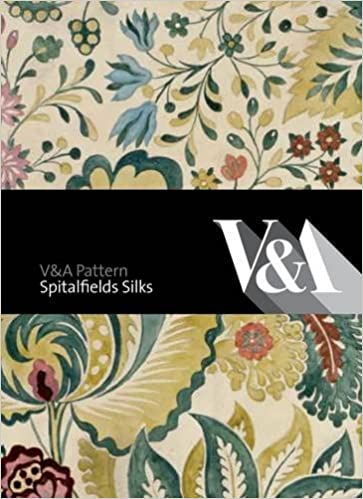I will start teaching my first course on ‘Collaborative Design with Artisans’ as an Adjunct Professor at FIT from the coming Saturday. This new opportunity encouraged me to read about handmade textiles from a global perspective. I read some exciting books from the V&A Museum’s Textile and Fashion collections. It is a very enriching experience to learn from other cultures. This reading and research have helped us enhance our design approach and library at Marasim. As I am hopeful, it will also help further the knowledge of my soon to be students.
Until 520 years ago, the Europeans had known only linen and silk as compared to at least 5,000 years ago when Indian farmers had already started domesticating a species of tall tree cotton. And Indian weavers had already started weaving soft, washable, lightweight cotton that held colors well.
The start of Painted and Printed Cotton trade with Europe
By the time, the first European ships arrived in India in the 1500s. The Indian artisans’ had already for thousands of years combined skills in weaving, painting, printing, dyeing, bleaching, and glazing cotton to embellish their superior fabrics for thousands of years. Nonetheless, after the European ships returned from India with the first few samples of the lightweight, washable, gaily colored and patterned cottons, they became a fashion sensation! These cottons were a starting point for the start of the textile trade between India and West.
It is a point of wonder that ancient Indian artisans came to master and dominate the art of making colors and mordants with the use of humble natural ingredients like rusty nails, and plant parts—such as roots, seeds, and powdered leaves. The durability and vibrancy of which can be justified by looking at the thousands of years old specimens of larger than life hand painted or printed Indian cottons displayed at the best museums around the world.
The opportunities to work with highly skilled artisans has always made us appreciate an idea’s elusive – soulful journey to a finished product. The artisans are experienced in their crafts and are also opinionated about design. We share viewpoints, laughter, and sometimes disagreements while trying to achieve a similar outcome.
Marasim works with Master embroider Gulzar out of his own creative space. Thus, with time, Gulzar’s workplace has become our second home, and every detail about him and how he works has become an everlasting memory. The way he uses his stained but gorgeous old teapots and always sits and works by the window sill that is always half covered with an old embroidered mesh and how we make small conversations about our families, past, hopes, and our future. These relationships are the foundation of Marasim. Our collected glints of pure gold. In these unprecedented times, we are opening up our box of stories with the hope that they will inspire some hope and smiles. Gulzaar Ansari.
MEET GULZAAR ANSARI
Meet Mohd. Gulzar Ansaari an unsung hero of fashion.
Gulzar is based in New Delhi, India. Having been born and brought up in Delhi, he is a true ‘Delhiite.’ He lives there with his siblings, wife, and kids. They are a huge family and a very talented one too. Gulzar and his family have been practicing Aari and Zardozi embroideries at their home atelier for nearly 22 years. He vividly remembers his grandfather practicing these embroideries and fondly shares the memories of his mother spending hours on the hand embroidery frame. In his own words, “All of us, brothers and sisters, grew up playing around these frames and embroideries.” (more…)
(more…)







